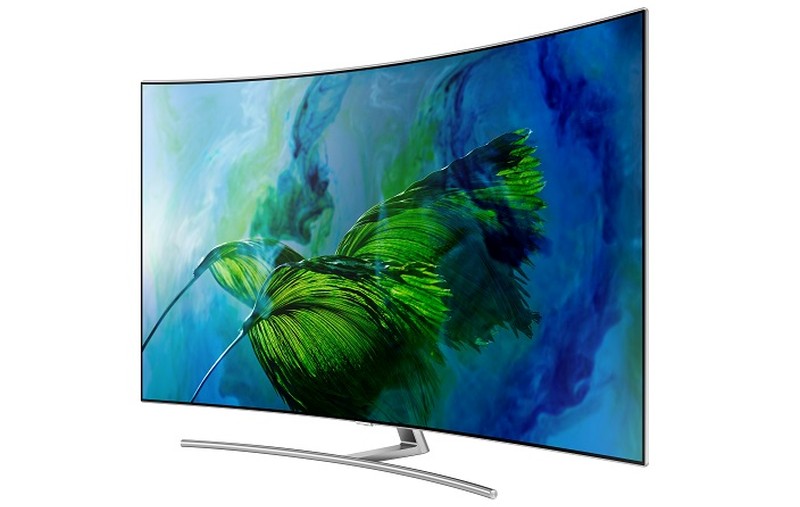Just what does a 21-year-old living without electricity have to do with what most people do in the evening? The very first electronic television was invented by Philo Taylor Farnsworth, who lived in a home without electricity until the age of 14. The first image he transmitted was a line, but he later managed to transmit a dollar sign after a potential investor asked when he would begin to see some dollars. However, inventor John Logie Baird is touted as one of the major inventors of the television and was involved in mechanical as well as electronic television development – with the first public demonstrations as far back as 1926.
It’s doubtful any of the first inventors or viewers of television could see what it would become, except perhaps Aldous Huxley who wrote “television was left on, a running tap, from morning till night”, in his book Brave New World, which was published in 1932. With fuzzy picture quality and no remote control, the first televisions were a far cry from what most people now enjoy in their homes every day.
No ad to show here.
In 1970, Samsung Electronics produced its first TV set, a 12-inch black and white model. It didn’t take long before the TVs were market leaders and by 1976, over one million units had been sold in Korea alone. Two years later, Samsung became the world’s largest producer of black and white televisions.
Mike van Lier, Director of Consumer Electronics for Samsung South Africa says, “Since the development of its first television model, Samsung has been pushing towards innovative technology that consistently breaks boundaries.”
In South Africa, television was a contentious issue, with the leaders of the day hesitant to allow South Africans access to something they felt was evil. In fact, South Africa was one of the few countries in the world to not have watched the famous moon landing in 1969. It was only in 1971 that South Africa introduced a television service. According to the South African 2011 Census, there were more televisions in homes than fridges.
In 1998, Samsung began mass producing the world’s first digital TV, which set a much higher standard for picture quality than ever before. The innovation and development didn’t stop there – from Ultra High Definition to OLED, colour and quality kept getting better. Now, Samsung’s QLED televisions are taking the market by storm – with quantum dots that are particles of between 2 and 10 nanometres in diameter – each giving off different colours according to their size. This means they can emit brighter, more vibrant and diverse colours.
Sports fans around the world now must seriously consider whether the live game or watching on television is the better option. It’s generally easy to spot sports fans who usually watch on TV at live games – they’re the ones looking for the slow-motion replay when at a live match.
“QLED technology brings the world right into your home – it’s no longer about merely watching a television programme, it’s about being fully immersed in the content. The colours, crispness, quality of image and sound create an experience that’s like no other,” notes van Lier.
Streaming services have also changed the way people consume television programming. Which is why TVs need to have the ability to connect to the internet, allowing viewers to choose their content on one screen. Whether using the One Remote or a connected smartphone, television viewers have so many more options, as well as far greater quality and an all-round more immersive experience.
While South Africans may have missed out on watching the moon landing in 1969, it’s just possible that they will get to watch the first Mars landing, live and in extraordinary colour and depth.
